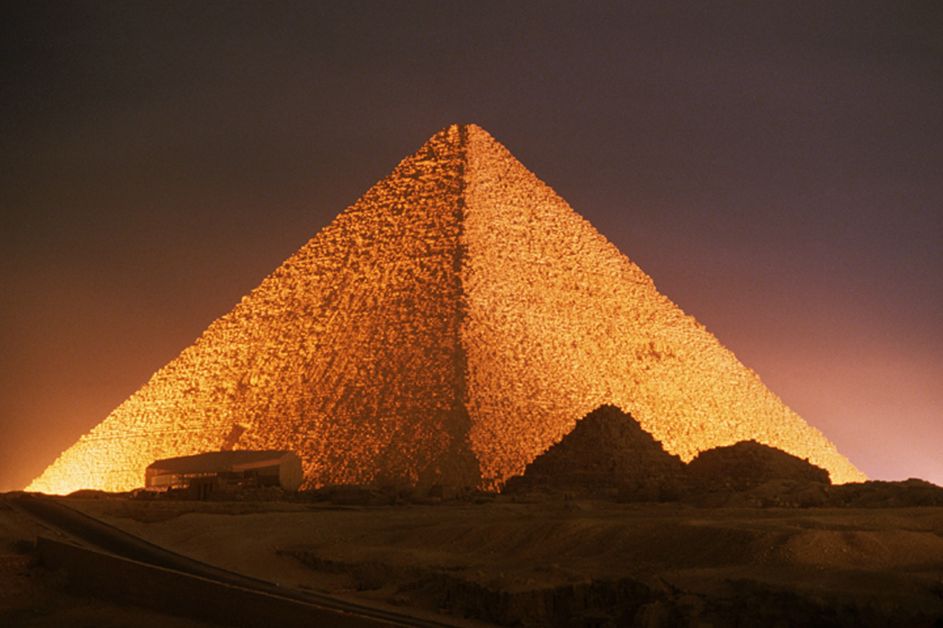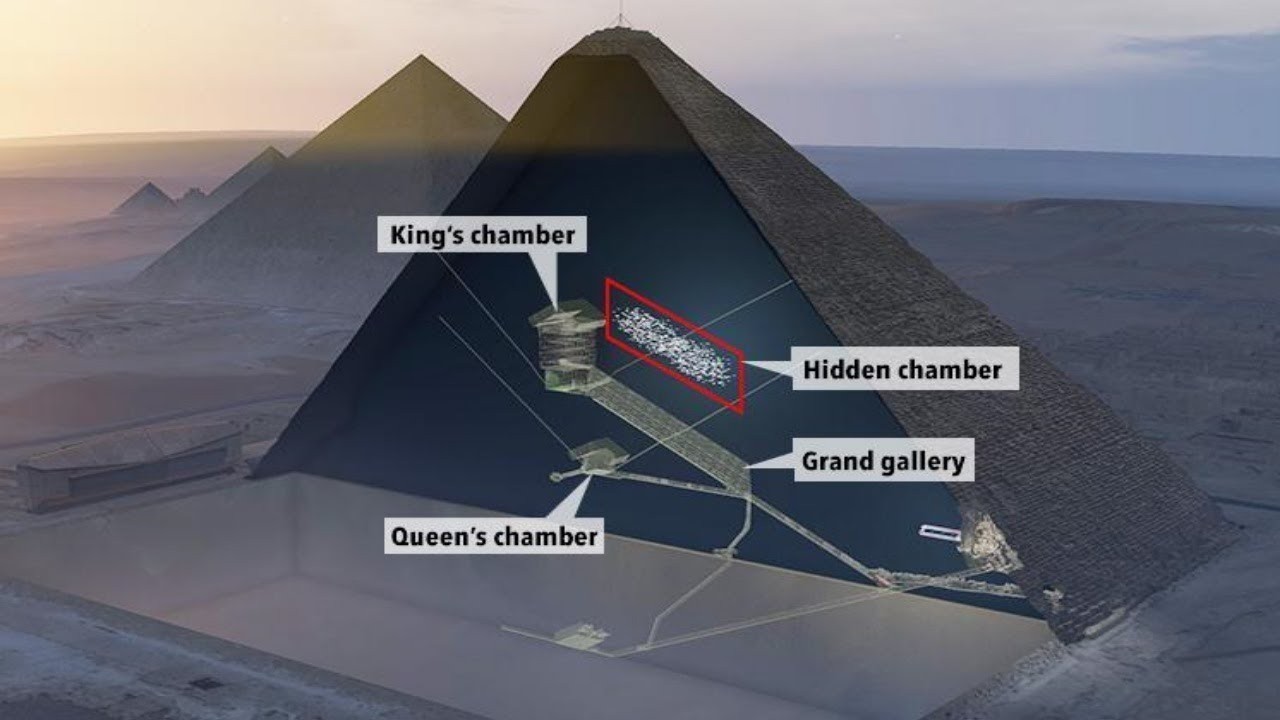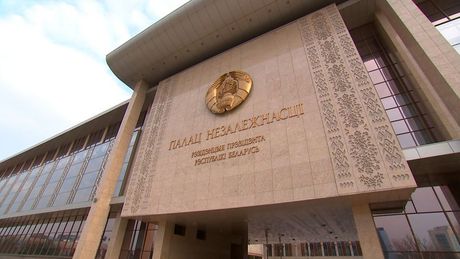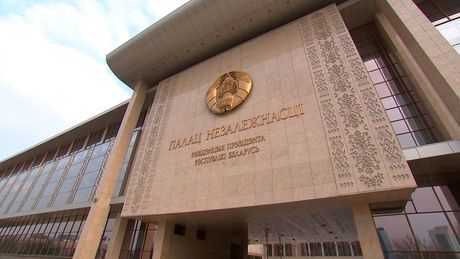To study the Pyramid of Cheops, scientists will use cosmic rays
10:53, 3 March

photo: funart.pro
World scientists have come to the conclusion that the Pyramid of Cheops needs to be studied in detail. And for this, it is planned to use cosmic rays to get the opportunity to explore the depths of power and develop an internal plan. It is known that the project will be called Explore the Great Pyramid
- Share on Facebook
- Share on VK
- Share on Twitter
In 2016-17, the ScanPyramids team used non-invasive techniques to study the Great Pyramid. Previously, it was thought that it was perfectly studied, but a few years ago, during another study, a void was discovered in it, which can only be studied using muon tomography.

According to the researchers, they will use several muon telescopes in their work. Muons are elementary particles that have a lot in common with electrons in composition. The only difference is that they have a large mass, due to which they can penetrate into any matter.
Cosmic ray muons are created when high-energy particles known as cosmic rays slam into Earth's atmosphere. Cosmic rays are fragments of atoms—high-energy protons and atomic nuclei— that constantly stream into Earth from the Sun, outside the Solar System, and outside the galaxy. When these particles collide with Earth's atmosphere, the collision produces showers of secondary particles. Some of those particles are muons. Muons are unstable and decay in only a couple of microseconds or millionths of a second. But they travel at near light speed, and at such a high velocity, they can penetrate deeply before they decay. There's an unending source of muons from the cosmic rays that constantly bombard Earth. The task in muon tomography is to measure the muons effectively.
Scientists Alan D. Bross and E.K. Dukes claim that the results will be amazing, because the new equipment with muons is a hundred times more powerful than those previously used. Researchers want to look deeper into the Great Pyramid than ever before and map its internal structure. The effort is called the Explore the Great Pyramid (EGP) mission.
At the same time, they plan to use large sensors that will move outside the pyramid at certain points. A system of telescopes will be installed, the sensitivity of which is more than 100 times higher than the sensitivity of the equipment that was recently used in the Great Pyramid, will display muons from almost all sides and for the first time will give a true tomographic image of such a large structure.
Researchers from many countries have repeatedly said that muons can be used to analyze the internal structure of ancient structures and even volcanoes. Today, muon tomography is used in various applications, for example, to check shipping containers for contraband.






